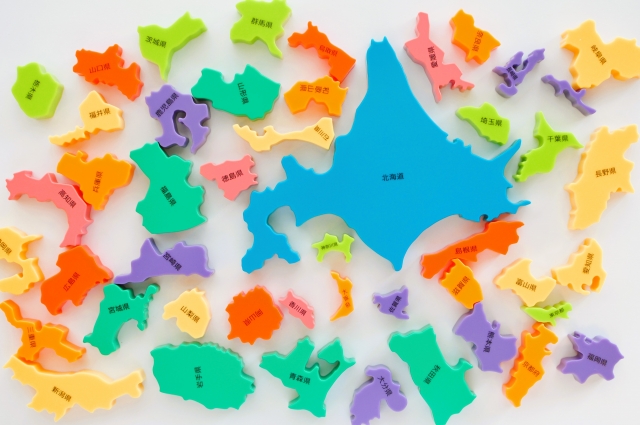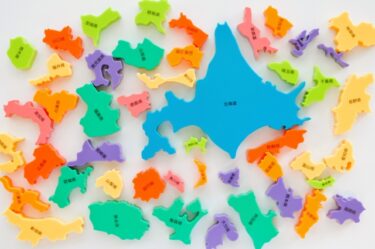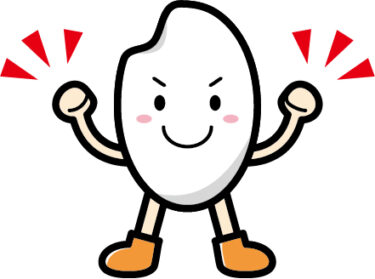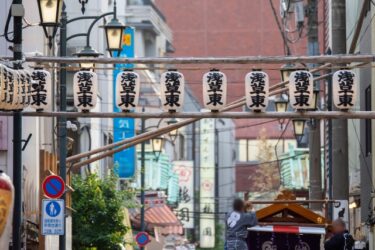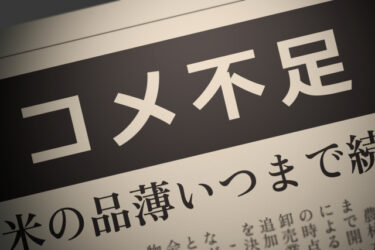Introduction
Japan is known for its linguistic diversity, with numerous dialects spoken across different regions. While Tokyo is Japan’s capital today, many people in Kansai (the Osaka, Kyoto, and Kobe area) argue that Kansai-ben, or the Kansai dialect, could be considered the original “standard language” due to the historical importance of Kyoto and Osaka before the capital moved to Tokyo in 1868. But what exactly is “Standard Japanese,” and how does it differ from regional dialects? This article will explore the concept of Standard Japanese, the types of dialects in Japan, and their unique characteristics.
What is Standard Japanese?
The Development of Standard Japanese
Standard Japanese, or “Hyojungo,” emerged as a standardized language after Tokyo became the nation’s capital in 1868. The government promoted a common language to unify communication across Japan, and the Tokyo dialect became the foundation of Standard Japanese, primarily due to Tokyo’s political and economic influence. The language used by NHK news broadcasters is often seen as an example of Standard Japanese. While based on the Tokyo dialect, Hyojungo has become a separate, formalized language with grammar and vocabulary chosen to be widely understood across the country.
Tokyo Dialect vs. Standard Japanese
Although Standard Japanese and Tokyo dialect share similarities, they are not exactly the same. The Tokyo dialect has unique expressions and intonations that are not necessarily part of Standard Japanese. For example, Tokyo dialect retains certain informal expressions and subtle intonation differences that are considered regional quirks. Standard Japanese, on the other hand, aims for neutrality and clarity, avoiding regional characteristics to ensure accessibility across Japan.
Japanese Dialects: Regional Characteristics and Examples
1. Kansai Dialect (Kansai-ben)
The Kansai dialect, spoken in the Osaka, Kyoto, and Kobe regions, is one of Japan’s most distinct and recognizable dialects. Known for its lively and expressive intonation, Kansai-ben has unique vocabulary and phrases, such as using “ookini” to mean “thank you” and “akan” to mean “no good” or “not allowed.” Kansai-ben is often perceived as warm, humorous, and direct, and has had significant influence on Japanese comedy and entertainment.
2. Tohoku Dialect (Tohoku-ben)
The Tohoku dialect is spoken in the northern regions of Japan, including Aomori and Akita. Tohoku-ben is known for its softer sounds and slower intonation, which can sound difficult to understand to speakers from other areas. Due to its subtle pronunciation and unique expressions, Tohoku-ben is sometimes viewed as “rustic,” but it carries a warm, rural charm that reflects the close-knit communities of the region.
3. Kyushu Dialect (Kyushu-ben)
Kyushu, located in southwestern Japan, has several regional dialects within the island, such as Hakata-ben (Fukuoka) and Kagoshima-ben. Kyushu-ben often features strong accents and unique grammar structures. For example, in Hakata-ben, you may hear “yokan” for “I think so” or “bai” as an ending particle for emphasis. The Kagoshima dialect is considered one of Japan’s most distinct, with sounds and structures that can be challenging even for other Japanese speakers to understand.
4. Okinawan Dialect (Uchinaguchi)
In Okinawa, a separate language group, known as Ryukyuan, is spoken. Okinawan dialect, or Uchinaguchi, is significantly different from Japanese and is classified as a separate language. Some expressions, like “mensore” (welcome) and “maasan” (delicious), are unique to Okinawa, and many words are not mutually intelligible with Standard Japanese. Uchinaguchi reflects the island’s rich history and cultural uniqueness.
Conclusion
Standard Japanese was developed as a way to create a unified form of communication across Japan, and while it draws from the Tokyo dialect, it stands apart as a neutral and widely understandable language. Japan’s regional dialects, from Kansai-ben to Uchinaguchi, contribute to the country’s rich linguistic diversity and cultural vibrancy. Each dialect carries a piece of Japan’s history and local character, adding depth and warmth to the language landscape. Understanding these dialects provides valuable insight into the cultural and historical diversity of Japan, showing that there’s no single “correct” way to speak Japanese.

